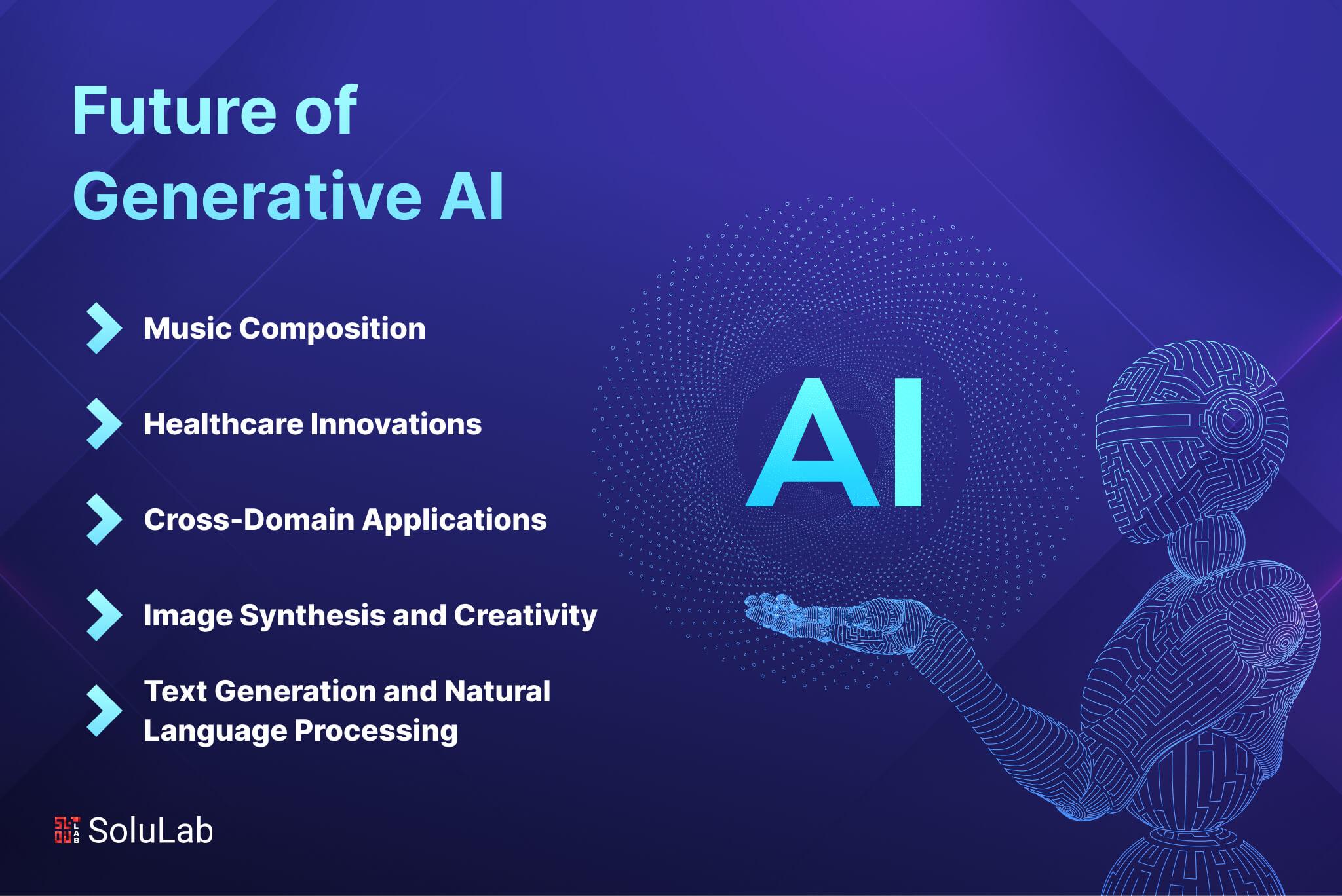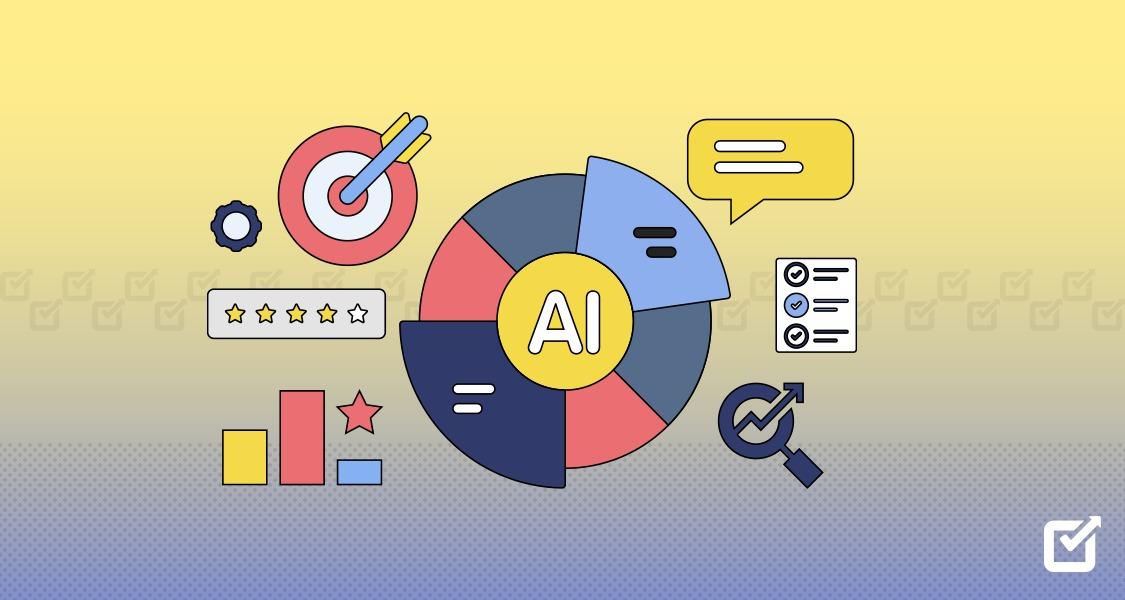Unlocking Potential: Banks Harness Generative AI for Growth
In an era defined by rapid technological advancements, the banking sector stands at the forefront of innovation, redefining the way it operates and engages with customers. As financial institutions navigate an ever-evolving landscape, a new powerhouse emerges from the realm of artificial intelligence: generative AI. This cutting-edge technology, originally designed to mimic human creativity and intelligence, is now being harnessed by banks to unlock unprecedented growth and efficiency. From personalized customer experiences to streamlined operations, generative AI is poised to transform traditional banking practices. In this article, we will explore how financial institutions are leveraging this revolutionary tool to not only enhance their services but also to foster a culture of innovation that promises to reshape the future of finance. Join us as we delve into the strategies and implications of this exciting intersection of technology and banking, revealing the immense potential that awaits those who dare to embrace change.
Exploring the Transformative Power of Generative AI in Banking
As financial institutions seek to improve customer experiences and streamline operations, generative AI emerges as a game-changer in reshaping traditional banking practices. From personalized financial advisories to crafting tailored loan products, the potential applications are vast. Banks are increasingly using generative AI to:
- Enhance Customer Support: AI-powered chatbots and virtual assistants are now capable of handling complex customer inquiries, providing instant responses and reducing wait times.
- Risk Assessment: By generating predictive models, banks can more accurately assess creditworthiness and detect fraudulent activities, ensuring safer transactions.
- Product Development: Generative AI can assist in designing innovative financial products that meet specific customer needs and market demands.
Moreover, the integration of generative AI into banking processes aids in data analysis and reporting, transforming raw data into actionable insights. For instance, banks can leverage AI to automate compliance checks, reducing human error and enhancing regulatory adherence. This capability translates into significant cost savings and increased operational efficiency, allowing banks to focus resources on strategic growth initiatives. The impact of generative AI is palpable in various dimensions, including:
| Dimension | Impact of Generative AI |
|---|---|
| Customer Engagement | AI-generated insights lead to more personalized marketing efforts. |
| Fraud Detection | Real-time monitoring and predictive analytics enhance security. |
| Operational Efficiency | Automation of routine tasks frees up employee time for higher-level functions. |

Enhancing Customer Experience through Personalized Solutions
In the age of digital transformation, banks are leveraging generative AI to create tailored financial solutions that resonate with individual customer needs. By analyzing vast amounts of data, these technologies allow financial institutions to anticipate customer behaviors and preferences with remarkable accuracy. This not only empowers banks to offer personalized product recommendations but also enhances customer engagement through tailored interactions. For example:
- Customized Product Offers: Generative AI can analyse a customer’s transaction history and suggest credit cards or loan products that align with their spending habits.
- Dynamic Financial Advice: AI-driven chatbots provide real-time, personalized financial guidance based on a customer’s financial journey and goals.
- Targeted Marketing Campaigns: Machine learning algorithms can segment customers into unique profiles, enabling banks to craft specific marketing messages that resonate strongly with each group.
Moreover, banks can implement feedback loops to continually refine their personalized offerings. By integrating customer feedback into their AI systems, financial institutions can develop deeper insights into customer satisfaction and adjust their strategies accordingly. This creates a cycle of improvement that not only benefits the customers but also drives growth for the banks. The following table illustrates the impact of personalized solutions on customer satisfaction:
| Technique | Impact on Customer Satisfaction |
|---|---|
| AI-Driven Recommendations | +30% Engagement |
| Personalized Communication | +25% Positive Feedback |
| Real-Time Support | +40% Trust |

Streamlining Operations and Risk Management with AI-Driven Insights
In today’s competitive banking landscape, leveraging AI-driven insights is not merely a trend; it’s an essential strategy for enhancing operations and managing risk effectively. By integrating generative AI technologies, banks can analyse vast amounts of data, facilitating informed decision-making and optimized workflows. This approach enables financial institutions to:
- Identify inefficiencies: Recognizing bottlenecks in processes that can be automated or improved.
- Enhance compliance: Monitoring transactions in real-time to ensure adherence to regulatory standards.
- Predict market risks: Using predictive analytics to foresee shifts in market trends and adjust strategies accordingly.
Moreover, AI algorithms can enhance risk assessment by evaluating customer behaviors and creditworthiness more accurately. Generative AI models analyse historical data to simulate various scenarios, helping banks build robust risk mitigation frameworks. By employing these insights, banks can:
- Streamline credit scoring: Providing a more nuanced understanding of borrower profiles.
- Minimize fraud: Detecting anomalies in transactions that could indicate fraudulent activities.
- Optimize resource allocation: Focusing human talent where it’s most needed and creating a more agile operational environment.

Cultivating a Culture of Innovation: Strategies for Successful AI Integration
To effectively integrate generative AI into their operations, banks must foster an environment that encourages experimentation and open communication among teams. This cultural shift can be achieved through initiatives such as cross-functional collaboration, where technology, finance, and user experience experts come together to brainstorm innovative solutions. Encouraging ideation workshops can empower employees to voice their ideas, harnessing the collective creativity of the workforce. Establishing innovation labs as dedicated spaces for rapid prototyping allows banks to test AI applications in a fail-safe environment, thus promoting a mindset that views setbacks as learning opportunities rather than failures.
Moreover, leadership plays a crucial role in cultivating this culture. Bank executives should demonstrate their commitment to innovation by actively participating in training sessions and initiatives focused on AI. Regularly sharing success stories from AI projects can inspire teams and illustrate the tangible benefits of taking risks. Additionally, aligning employee incentives with innovation outcomes can further motivate staff. For instance, banks could implement a reward system for teams who successfully develop and integrate AI-driven solutions that enhance customer experience or operational efficiency. Below is a table highlighting potential employee incentive structures:
| Incentive Type | Description |
|---|---|
| Bonuses | Monetary rewards for teams achieving AI milestones. |
| Recognition Programs | Spotlight on teams in company newsletters or meetings. |
| Professional Development | Sponsored training opportunities in AI technologies. |
| Flexible Work Arrangements | Allowing remote work for innovative projects. |
Insights and Conclusions
As we stand on the cusp of a new era in banking, it is clear that generative AI is not merely a trend but a transformative force capable of unlocking unprecedented potential. The financial sector is embracing this technology to innovate services, enhance customer experiences, and streamline operations. While the journey promises challenges, it equally heralds opportunities for growth and evolution.
As banks navigate the complexities of integrating generative AI into their core strategies, they are not just investing in technology but in the future of finance itself. The potential benefits are vast—from personalized financial advice to predictive modeling that anticipates market shifts. In this dynamic landscape, financial institutions must remain vigilant, adaptable, and ethical in their approach to harnessing AI’s capabilities.
Ultimately, the successful fusion of generative AI and banking will depend on collaboration, regulatory foresight, and an unwavering commitment to serving clients with integrity. As this technological paradigm continues to unfold, it invites us to rethink what’s possible, ensuring that the next chapter in banking is not just about growth but about reimagining the very foundations of financial engagement. The key is in our hands; how we choose to unlock this potential will define the future of the industry.
